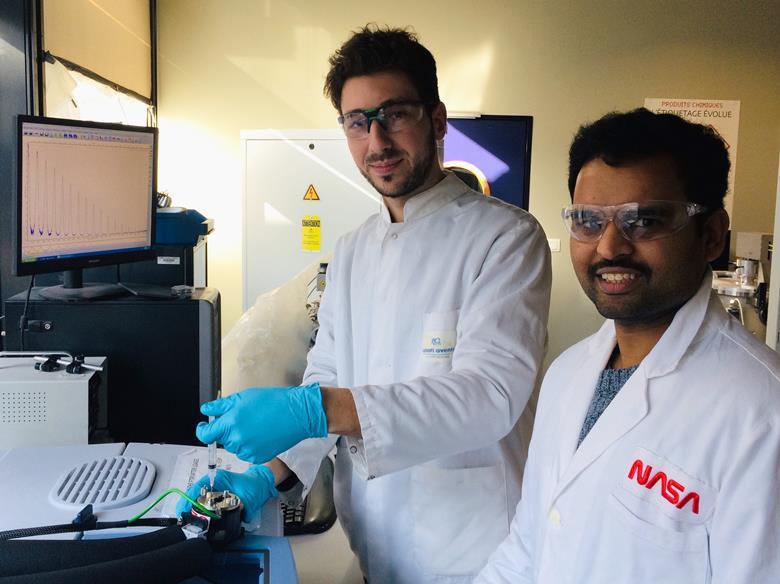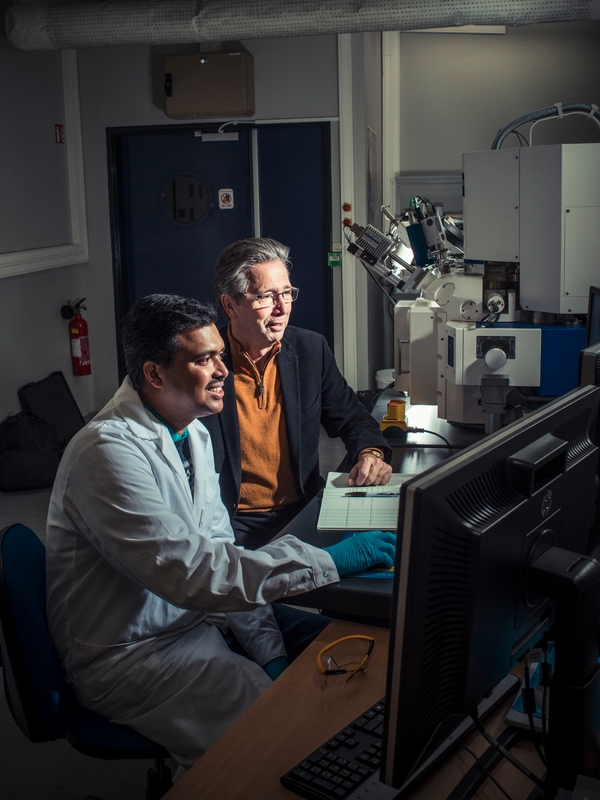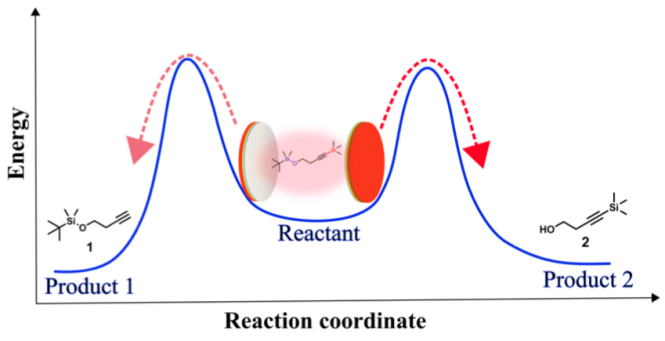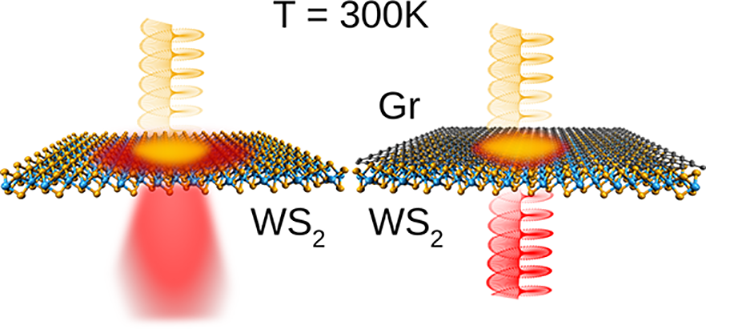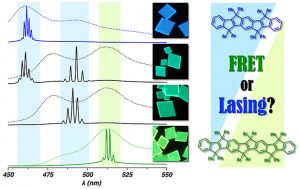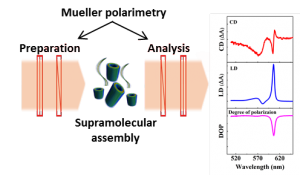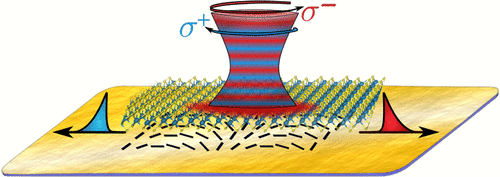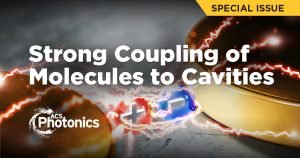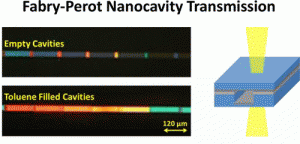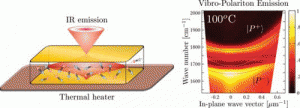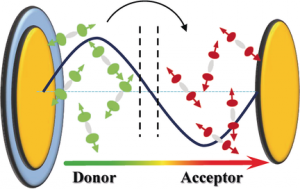Related to our publication in Science, here is a nice article of Andy Extance on Chemistry World, featuring Lucas Lethuillier and Kalaivanan Nagarajan as guest-stars.
Savoir(s), the magazine of the University of Strasbourg has also interviewed Thomas Ebbesen and Anoop Thomas. Here is the article, in french that time, illustrated by a nice picture in front of our FIB system.
Source : Pascal Bastien

